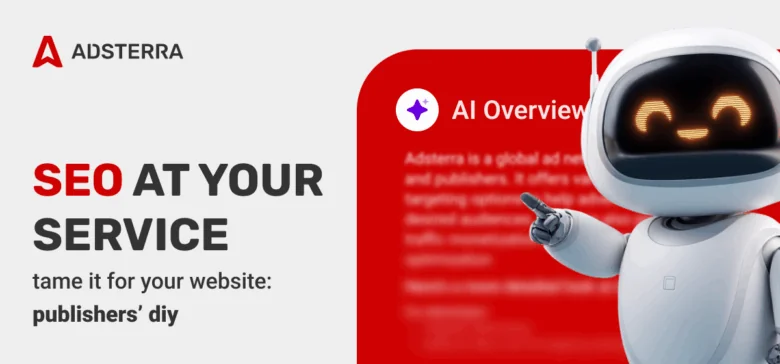In today’s digital publishing environment, visibility is survival. You could spend weeks producing an in-depth investigative report, a beautifully designed feature story, or a sharp analysis of current events—but if your content doesn’t show up in search results, it’s invisible to the very people you want to reach. That’s why SEO for publishers isn’t a buzzword but a lifeline.
Publishers are competing not only against each other but also against influencers, bloggers, niche websites, and now even AI-generated content. The flood of new information being pushed online daily is overwhelming. SEO is what gives your voice, your journalism, and your storytelling a chance to rise above the noise and find its audience.
What Is SEO for Publishers & Why Is It Important?
Understanding the importance of SEO sets the foundation for all other strategies. Publishers who embrace SEO not only amplify their reach but also future-proof their platforms. Without it, content gets lost in a digital black hole. With it, you gain loyal readers, steady traffic, and scalable revenue streams.
SEO is no longer optional—it’s essential.
SEO for publishers is the practice of optimizing your content and site structure to rank higher in search engine results, thereby increasing the chances of being discovered by readers. For publishers, this involves unique challenges: managing vast content libraries, updating stories quickly, ensuring technical health, and staying compliant with ever-changing algorithms.
Don’t let your content go unnoticed. Register as a publisher with Adsterra today and turn every pageview into real revenue.
SEO for Publishers
When it comes to SEO for social publishers, timing is everything. Google and other search engines prioritize freshness, speed, and authority. That means your breaking story about a political debate or natural disaster must not only be published quickly but also optimized with structured metadata, relevant keywords, and schema.
The difference between appearing on the first page within the first hour and being buried in search results can literally mean millions of missed pageviews. For social publishers, SEO is the bridge between timely reporting and reader discovery.
Why SEO Matters for Publishers
SEO isn’t just about driving traffic—it’s about creating a dependable pipeline of readers who trust your brand.
Social media platforms may give you a viral hit, but those spikes are fleeting. Paid ads can amplify reach, but they eat into profits and disappear as soon as the budget ends. SEO, on the other hand, is sustainable. An article well-optimized today can keep driving traffic for years. For publishers, that stability translates into consistent readership, stronger authority, and reliable monetization opportunities.
Building a Strong Foundation: Audience and Content Strategy
A strong foundation ensures your SEO strategy doesn’t crumble under pressure. Knowing your audience and aligning content with both editorial goals and data insights helps you avoid wasted efforts. Instead of writing into the void, you produce content that speaks to real needs—boosting both search visibility and long-term loyalty.
Know Your Audience First
Successful SEO begins with knowing your readers inside and out. What are they curious about? Which topics make them click, share, and return?
Analytics, surveys, and social listening tools provide insights that can shape everything from headline styles to article formats. When you write with a clear understanding of your audience, SEO naturally becomes more effective because your content genuinely matches search intent.
Editorial Mission Meets SEO
The most successful publishers don’t sacrifice editorial integrity for SEO—they align them. Instead of chasing random keyword opportunities, they ensure every article strengthens the editorial mission while also ranking well.
This harmony helps you avoid thin, keyword-stuffed content and instead create impactful stories that satisfy both human readers and algorithms. Over time, this balance builds trust and brand authority.
Data-Driven Content Planning
By combining keyword data with editorial instincts, publishers can create a content calendar that speaks to both demand and creativity.
For instance, if readers are searching for “AI in journalism,” a publisher could prepare multiple layers of coverage: explainers, interviews, analysis, and breaking updates. This holistic strategy satisfies readers at every stage of the search journey, building authority around a theme.
With Adsterra, your loyal audience becomes a powerful revenue stream. Sign up today to start monetizing every article you publish.
Keyword Research and Optimization Techniques for Publishers
It ensures your content is not just seen but valued. Without it, even the best-written article might fail to attract readers. With it, publishers unlock visibility, authority, and monetization potential. Keywords are the bridge between what readers want and what you produce, making them one of the most powerful levers in SEO.
Keyword Research Essentials
Keyword research is the compass guiding your SEO journey. Publishers must find a balance between high-volume queries that attract broad attention and niche, long-tail keywords that draw in highly engaged readers. For example, while “climate change” is competitive, “how climate change affects farming in Europe 2025” attracts a targeted, motivated audience. This blend of reach and precision creates a robust traffic profile.
Tools of the Trade
Tools like SEMrush, Ahrefs, and Google Keyword Planner are essential for uncovering opportunities. For social publishers, Google Trends and real-time monitoring platforms are invaluable for identifying emerging queries. By acting quickly on trending keywords, publishers can capture spikes of interest before competitors do.
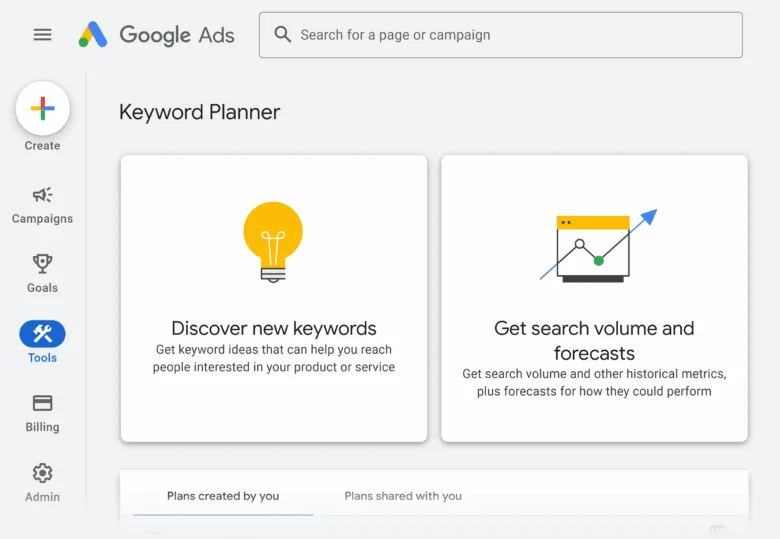
This proactive approach transforms keyword research from a passive process into an active growth strategy.
Content Clusters and Topic Authority
Search engines increasingly reward topic authority. That means one standalone article isn’t enough—you need a cluster of interconnected pieces around a core theme.
A publisher covering “electric vehicles” might build out clusters on EV news, technology, policy, and consumer guides, all interlinked. This signals to search engines that you’re a trusted source on the topic, resulting in higher rankings across multiple queries.
Intent Matching
One of the biggest mistakes publishers make is ignoring search intent. Someone searching “best DSLR cameras 2025” expects product recommendations, not a history of photography. Someone searching “inflation news today” expects breaking updates, not a 2-year-old report.
By analyzing intent—informational, transactional, or navigational—you ensure your content satisfies readers, leading to lower bounce rates and longer on-page engagement.
On-Page SEO: Optimizing Your Content for Search Engines
On-page SEO transforms content from good to great. Without it, articles risk being invisible to search engines despite their quality. With it, your content becomes easier to discover, easier to read, and more profitable to monetize. It’s the polish that ensures your hard work shines.
Title Tags and Headlines
A title is both a promise and a lure. Publishers must craft titles that naturally include keywords while sparking curiosity.
For instance, “10 SEO Tips for Publishers” is clear but flat, while “SEO for Publishers: 10 Proven Tips to Skyrocket Traffic” is keyword-rich and enticing. A strong title can be the difference between invisibility and viral success.
Meta Descriptions that Drive Clicks
Meta descriptions act like your article’s elevator pitch. While they don’t directly affect rankings, they strongly influence click-through rates. An effective description uses power words, highlights benefits, and includes keywords.
For example: “Learn the most effective SEO strategies for publishers to grow organic traffic and increase revenue.” This line informs, excites, and persuades all at once.
Header Structure Matters
Headers (H2, H3, H4) are signposts for readers and algorithms alike. They break content into digestible parts, improve scannability, and signal importance.
A messy header structure confuses both readers and search engines. Well-structured headers, on the other hand, help search engines understand the hierarchy of your ideas, boosting your ranking potential while keeping readers engaged.
Internal Linking Strategy
Every article on your site is a piece of a larger puzzle. By linking internally, you guide readers to related content, reduce bounce rates, and pass link equity across your site.
For instance, a story about sports injuries can link to your archive of athlete interviews, keeping readers immersed in your ecosystem. Internal linking is a simple yet powerful on-page SEO tactic.
When your content is optimized, make sure your monetization is too. Join Adsterra today and turn visibility into revenue.
Technical SEO: Ensuring Your Site is Search-Engine Friendly
It is the engine behind your visibility. Without strong technical health, even brilliant content will stall. With it, every article has the potential to be crawled, indexed, and ranked properly, ensuring your hard work doesn’t go unnoticed.
Mobile-First Design
Mobile is now the primary gateway to the internet. If your site isn’t mobile-optimized, you’re not just losing rankings—you’re losing readers. A clunky, slow mobile site creates frustration, leading to higher bounce rates and weaker engagement.
Mobile-first design ensures your articles are accessible, fast, and enjoyable across devices, which Google now prioritizes heavily in rankings.
Core Web Vitals
Core Web Vitals measure the user experience: loading speed, interactivity, and visual stability. For publishers, these are make-or-break metrics. A slow or unstable page causes readers to abandon the site before ads even load. Optimizing for Core Web Vitals means not only better rankings but also better ad revenue, as users stay longer and view more content.
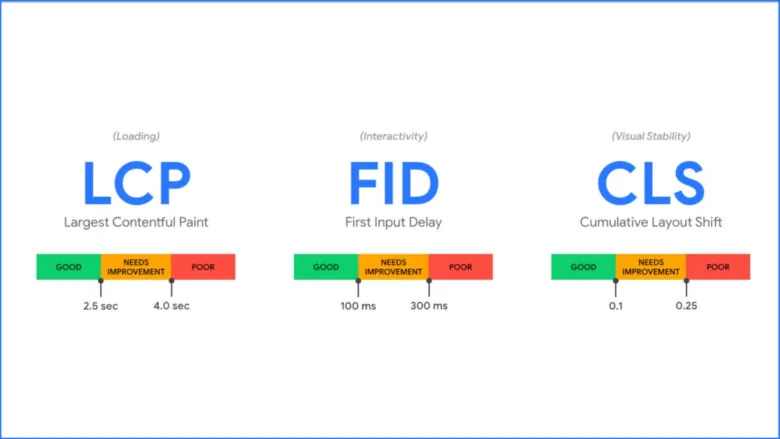
XML Sitemaps for Publishers
Large content libraries can overwhelm search engines. An XML sitemap provides a roadmap, helping crawlers find and index your most valuable articles. Without a sitemap, some content may never appear in search results. For publishers producing dozens of articles daily, a well-maintained sitemap is essential for ensuring timely and complete indexing.
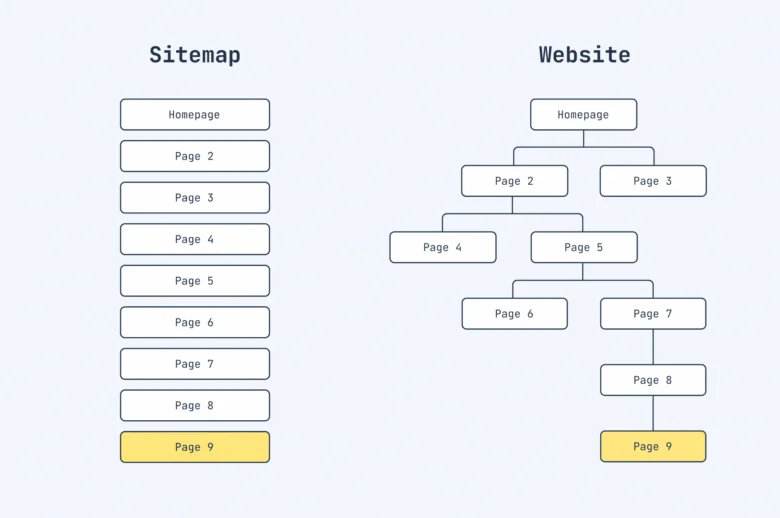
Canonical Tags
Duplicate content is a frequent issue in publishing, especially when stories are syndicated or updated frequently. Canonical tags tell search engines which version of a page is the “master,” preventing penalties and consolidating ranking signals. For publishers managing constant updates, canonicalization is a small technical step with massive SEO impact.
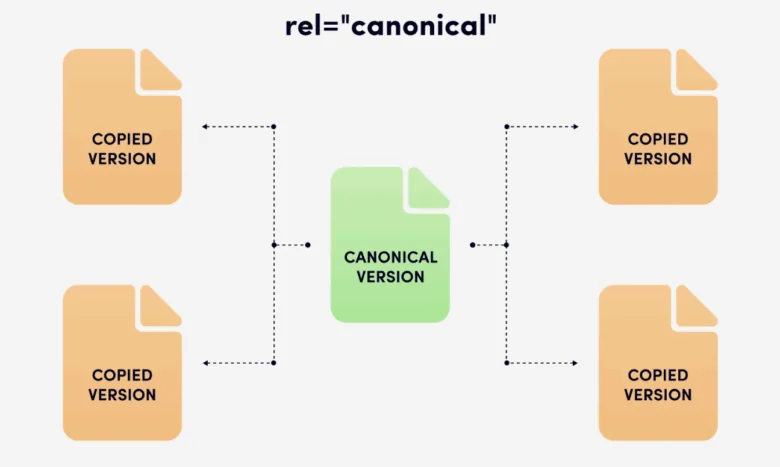
Schema Markup: Enhancing Your Content with Rich Snippets
With the sheer amount of competition on SERPs, standing out visually is crucial. Schema gives your content extra visibility without additional writing. It’s like dressing your article in its best outfit before sending it to a party where everyone’s trying to be noticed.
What Is Schema for Publishers?
Schema markup is structured data that explains your content to search engines in a language they understand. For publishers, it’s like giving Google a cheat sheet to your article. Instead of guessing, search engines know exactly what your content is, whether it’s a news article, FAQ, or video. This leads to richer search results and higher click-through rates.
Types of Schema to Implement
- Article Schema: For general blog or magazine-style pieces.
- NewsArticle Schema: Essential for breaking news and timely updates.
- FAQ Schema: Great for capturing quick-answer queries.
- Video Schema: Ideal for publishers producing multimedia content.
Each schema type gives you a competitive edge by making your content more visible and appealing in search results.
Rich Snippets Drive CTR
Rich snippets aren’t just pretty—they drive results. A listing with images, star ratings, or FAQs stands out on the SERP, attracting more clicks than plain-text results. For publishers, higher click-through rates mean more readers and more monetization opportunities. Schema markup is a low-effort, high-reward SEO tactic.
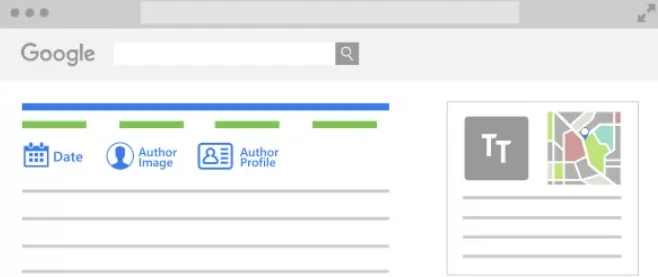
Off-Page SEO: Promoting Your Content Beyond Your Site
Off-page SEO takes your content beyond your site’s walls. Without it, even the most optimized articles remain isolated. With it, you create authority, expand your audience, and strengthen your rankings. In the noisy digital marketplace, promotion is as important as creation.
The Role of Backlinks
Backlinks are still a core ranking factor. When other authoritative sites link to your content, it signals trustworthiness to search engines.
For publishers, this means building relationships with other outlets, securing guest contributions, and encouraging organic mentions. A single backlink from a trusted source can have the same value as hundreds of weaker ones.
Social Media Amplification
Social media may not directly boost rankings, but it amplifies reach and drives initial traffic. Viral distribution often leads to backlinks and increased brand searches, both of which indirectly help SEO. For publishers, strong social strategies create a feedback loop: social exposure leads to organic SEO growth, which in turn drives more social sharing.
Digital PR for Publishers
Digital PR combines storytelling and outreach. A well-crafted PR campaign—like an exclusive report, survey, or infographic—can generate buzz across multiple outlets, securing high-quality backlinks and brand visibility.
For publishers, PR isn’t just about reputation; it’s a way to fuel both Search Engine Optimization and audience trust at scale.
Make your reach count. Register with Adsterra and maximize revenue from every visitor your off-page efforts bring in.
Monitoring and Analyzing Your SEO Performance
Without measurement, SEO strategy is guesswork. With it, publishers make decisions based on evidence, not assumptions. This creates predictability, efficiency, and long-term growth. Monitoring ensures you’re not flying blind in the fast-changing world of digital publishing.
KPIs That Matter
SEO success must be measured with the right KPIs. For publishers, organic traffic, bounce rate, time on page, returning visitors, and keyword rankings are essential. Engagement metrics matter too: how long do readers stay? How many articles do they read per session? These numbers paint a clear picture of your SEO health.
Tools for Measurement
Google Analytics and Search Console are must-haves, but publishers often benefit from more advanced tools like Ahrefs, SEMrush, or SimilarWeb. These platforms help track backlinks, monitor competitor performance, and uncover new keyword opportunities. By using multiple tools together, publishers can see the full story behind their traffic.
Continuous Improvement Loop
SEO strategy isn’t a one-time checklist—it’s a cycle of improvement. Publish, measure, analyze, adjust, repeat. For example, if a long-form piece about climate change underperforms, you can update the title, add visuals, or optimize for new keywords. This constant iteration ensures your content stays competitive and relevant over time.
Different Types of Websites and Their SEO Approaches
Not all websites approach SEO in the same way. Publishers must tailor strategies depending on their site type.
- News Websites: Require fast publishing, schema for breaking news, and strong authority signals to rank quickly.
- Blogs & Magazines: Focus on evergreen content, keyword clusters, and long-form authority-building pieces.
- E-commerce: Need product SEO, technical optimization, and content-driven strategies (like buying guides).
- Niche Sites: Can dominate small verticals with focused keyword research and topical authority.
- Multimedia Sites: Require video optimization, transcripts, and multimedia schema.
Each website type faces unique SEO challenges. Recognizing these differences helps publishers apply strategies that fit their model, ensuring resources aren’t wasted on irrelevant tactics.
Here are also a couple of case studies to inspire with:
Adapting Your Strategy to SEO Trends
Voice Search and AI
Voice search queries are longer, conversational, and question-based. Optimizing for these queries requires publishers to use natural language and FAQ formats. AI-powered search also rewards clear context, so structured data and topical authority are more important than ever. Publishers must prepare for a future where half of searches are spoken aloud.
Video and Multimedia SEO
Video is dominating SERPs, social feeds, and user attention. Publishers must optimize video titles, tags, and transcripts while embedding videos within articles to boost engagement. Beyond SEO, video keeps users on site longer, increasing ad impressions and monetization opportunities. Ignoring multimedia optimization risks losing relevance in a visually driven world.
EEAT (Experience, Expertise, Authoritativeness, Trustworthiness)
Google’s EEAT framework emphasizes credibility. Publishers should showcase author bios, cite sources, and highlight editorial processes. This not only improves rankings but also builds audience trust. In an era of misinformation and AI-generated content, credibility is a major differentiator. Publishers that prioritize EEAT will win both search engines and readers.
Why Following Trends Matters
Search trends are constantly evolving. What works today may not work tomorrow. By staying updated, publishers ensure they adapt quickly and stay competitive. Ignoring trends means risking irrelevance, while embracing them ensures long-term visibility, higher engagement, and stronger monetization.
Conclusion
SEO strategy for publishers is not about gaming algorithms—it’s about building sustainable visibility, credibility, and profitability. From keyword research to technical audits, schema markup to trend adaptation, every element works together to strengthen your publishing ecosystem.
By treating SEO as a continuous investment rather than a quick fix, publishers position themselves for resilience and long-term growth. With Adsterra, you can turn that visibility into tangible revenue, ensuring every item you produce delivers both impact and income.
Ready to grow smarter? Register with Adsterra today and let your SEO-optimized content fuel sustainable monetization.
SEO for Publishers FAQ
What is SEO in publishing?
SEO in publishing is the process of optimizing content, structure, and site performance to increase visibility in search results. Unlike typical websites, publishers deal with massive content archives and fast-moving topics.
That makes SEO strategy essential for discovery, credibility, and growth. Effective publishing SEO goes beyond keywords: it requires schema, technical precision, and trend awareness. By focusing on SEO, publishers ensure that their content finds readers consistently, turning visibility into loyalty. Importantly, it also creates a solid foundation for monetization through networks like Adsterra, where every organic visit can be transformed into a revenue opportunity.
What is the 80 20 rule for SEO?
The 80/20 rule suggests that 80% of SEO results come from 20% of efforts. For publishers, this principle is transformative. Instead of wasting time chasing tiny optimizations, focus on big-impact actions: keyword-rich headlines, mobile performance, site speed, and structured data.
These changes often generate the majority of growth. Meanwhile, spending hours fine-tuning minor elements may only yield negligible improvements. For social publishers especially, this rule encourages efficiency: act on the highest-return opportunities first. By applying 80/20 thinking, publishers maximize results with limited resources, freeing time for quality content creation and monetization strategies.
What are the 4 types of SEO?
The four main types of SEO are:
– On-Page SEO, which optimizes titles, headers, and internal linking
– Technical SEO, which ensures crawlability, indexing, and site speed
– Off-Page SEO, which strengthens authority through backlinks and brand mentions
– Local SEO, which targets geographic visibility. For most publishers, local SEO is less critical, but on-page, technical, and off-page optimizations are non-negotiable.
Together, these strategies improve search engine rankings, audience engagement, and overall credibility. Ignoring any of the four creates blind spots that limit growth. For publishers aiming to monetize with platforms like Adsterra, mastering all four is essential.
